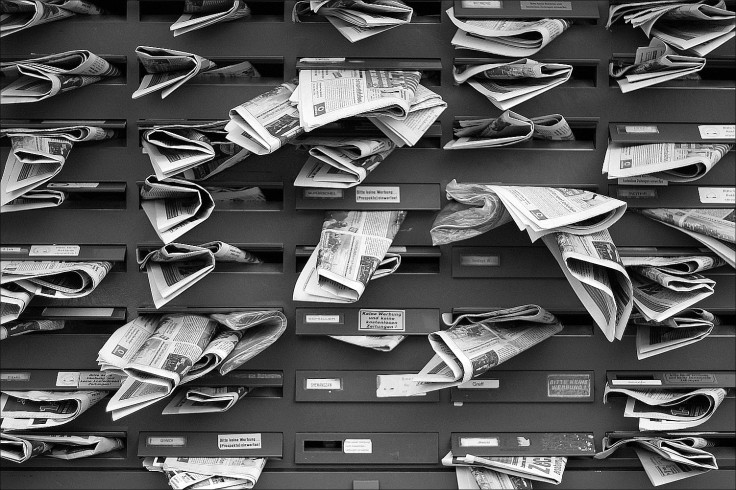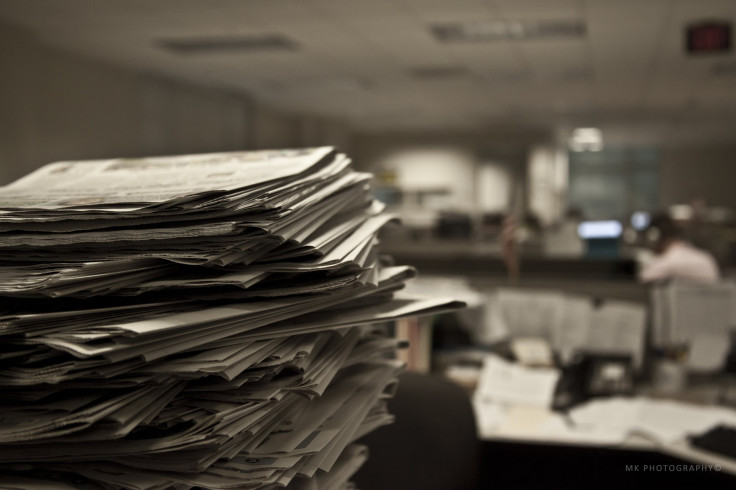Health News: The Misunderstood Messenger That Sometimes Cares Too Much

I am calling a truce. From me, the journalist, to you, the reader. Let’s shake on it. Maybe this can turn into something great.
I offer this truce because the relationship between health and science journalism and its readership has seemed tense lately, and a measure of clarification is in order. First, an important disclaimer: I trust the scientific method. I trust the idea that forming opinions about the world can only come from observing it, tweaking the context in which you observe it, and doing so one variable at a time. Scientists bundle these observations together and arrive at conclusions that, to a certain degree, reflect upon and expand our knowledge of what’s true.
That’s where my loyalty lies — with the science.
As a reporter working in this space, you start to notice patterns once you cover a thousand or so of these studies: Most of the conclusions scientists are coming to aren’t sexy. Clinical research lives in the land of sample sizes, r-values, and confidence intervals, not recommendations to eat this many almonds each day or shower in this temperature water. Science just isn’t in the business of catering to what’s trendy.
Respecting that initial set of constraints is my first piece of advice for reading a health news story. As journalists whose job it is to tenderize rock-hard jargon into something more edible, we — more so than reporters covering any other beat — learn to trade in mitigating language. We know, for instance, that exercise is generally good. Eating fruits, vegetables, and lean meats is equally beneficial. But we also know that eating large quantities of refined sugar and avoiding regular physical activity may lead to adverse health effects, such as obesity, type 2 diabetes, heart disease, and stroke. They don’t always produce these outcomes, but your risks are in the clouds compared to keeping a healthier lifestyle.
In this case, our certainty lies in the existence of a trend, not necessarily in what the trend predetermines.
More often than not, finding links is the best science can do; we might as well get used to it. I frequently encourage people to get acquainted with open-ended words like may, could, soon, and possibly. Hope for causation, but don’t expect it. Learn to be comfortable with its punky little sister, correlation, who will tell you two things are happening simultaneously but won’t specify which one is causing the other. I say this as both a producer and consumer of news. These non-committal words are as frustrating for audiences to read as they are for people like me to write. Believe it or not, we don’t get our rocks off reporting on modest correlations between a rare condition and an equally rare behavior. We, like you, relish in the breakthroughs.
If journalism’s allegiance to scientific rigor departs at any point, it’s here. Primary sources are chock-full of footnotes referring back to previous studies that, themselves, nest into earlier work. This isn’t a problem in any respect. It’s a virtue that the majority of science holds the literature in such high regard. Journalists just bear a different burden.

We synthesize and we distill. This applies equally to stories and to headlines. To get readers scrolling through stories at all, headlines need to be catchy, which understandably if still wrongly, sometimes slides into the tar pits of clickbait. (Eyeballs are still better than a misinformed public, I say.) Likewise for stories, we are tasked with compressing tens of thousands of words of science-speak into everyday language. Some things get cut — for everyone’s benefit. Pure regurgitation, of course, would be unpalatable.
From this lack of specificity comes another ailment of health news that deserves defending. Let’s call it the “flip-flop.” Consider the countless kneejerk complaints lobbed at health news because a study that came out today found the exact opposite of a study that came out yesterday. These stories are typically met with equal doses of confusion and rage. They happen because somewhere along the line a highly specific set of data points, tracked over a highly specific cohort of subjects, got turned into a blanket prescription for how to live. My response to this, however dissatisfying, is trust us. Even if we do hammer out the particulars, have faith the spirit of the findings can survive.
When coverage turns to editorializing or, in the worst cases, pure fabrication, backlash is warranted. But most of the journalists I know don’t show up to work with the intent of selling fear. They just want to do the best job possible at explaining what’s going on out there, even if that may be a 180-degree turn from the last time the topic was discussed. So, yes, there may be merit in saying health news is guilty of over-reporting every. single. little. finding. But that complaint strikes me more as a dig at journalism’s execution rather than its philosophy. Readers don’t necessarily want more or less information, they just want what they do get, conveyed in the smartest, most relevant way. As far as I can tell, in this regard our interests are aligned.
If your cynicism still gets the best of you after considering how a news organization treats a topic, I entreat you to get a second opinion. Journalists find themselves in the unique position of telling the truth as a way to earn a living. We tell people how to handle their money, what to make of a new TV show, and who to root for on Sunday. It may sound counter-intuitive to get a second opinion as a way to read one health story, but the same logic that applies for cancer diagnoses ought to apply when a news organization reports on a study that puts you squarely in the highest-risk categories. Even traffic-conscious journalists respect the hive mind. We just strive to convince you on the first go-around.
With all that in mind, I offer a final piece of advice that I quietly hope you take with a degree of offense: Don’t confuse data for diagnosis. A necessary part of reporting on personal health is leaving the reader with something tangible — a parting gift people can incorporate into their lives. But make no mistake: No amount of digital text can replace the wise words of someone with her finger on medicine’s pulse. Doctors keep you healthy. Health news is what gets you to make the appointment.
That is my offer. I’ll hold up my end if you hold up yours in waiting as long as possible to leave an irate comment. If I fail on all accounts, let the floodgates open.
Published by Medicaldaily.com



























